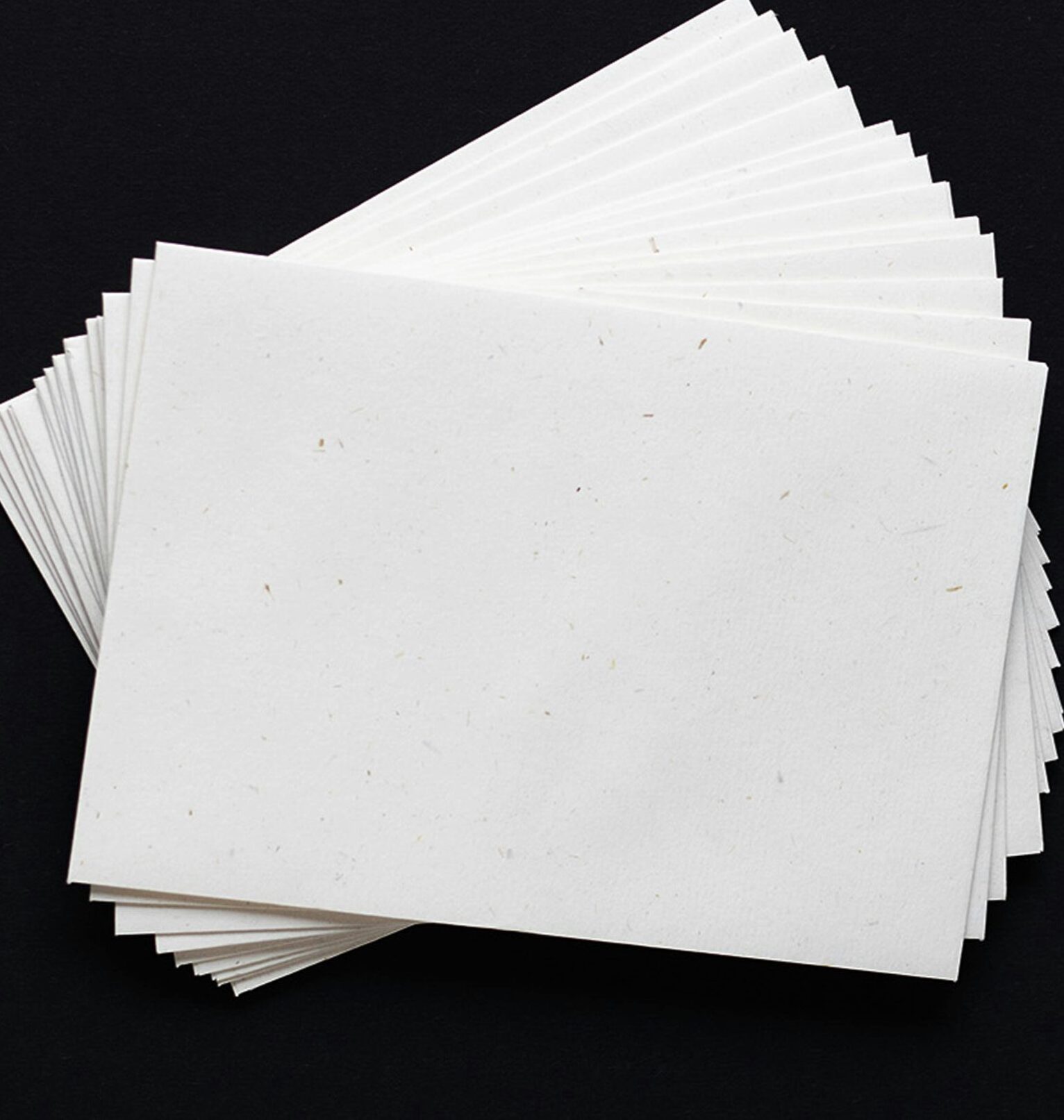Paper is one of the most transformative inventions in human history, revolutionizing communication, education, and commerce. Its journey from rudimentary ancient forms to modern industrial production is a testament to human ingenuity. This article explores the origins of paper, the science behind its manufacture, the raw materials and machinery involved, its widespread usage, and its modern environmental impact.
History of Paper Discovery
Before the invention of paper, civilizations recorded information on clay tablets (Mesopotamians), papyrus (Egyptians), and parchment (Greeks and Romans). However, the development of true paper marked a pivotal moment in history.
Early Development (105 CE – China)
The first recorded invention of paper is attributed to Cai Lun, a Chinese court official during the Eastern Han Dynasty in 105 CE. He devised a process that involved breaking down mulberry bark, old rags, and fishnets into fibers, pressing them into sheets, and drying them to form a flexible writing surface. This innovation improved record-keeping and administration across China.
Spread to the Islamic World (8th Century CE)
After the Battle of Talas in 751 CE, Chinese prisoners introduced paper-making techniques to the Islamic world. The first known paper mill outside of China was established in Baghdad, leading to the mass production of books and manuscripts, fostering the Golden Age of Islamic civilization.
Introduction to Europe (12th Century CE)
Through trade and conquest, paper-making spread to Spain and Italy by the 12th century. The first paper mill in Europe was built in Xàtiva, Spain. The printing press (15th century), invented by Johannes Gutenberg, exponentially increased paper demand, catalyzing the spread of literacy and knowledge.
Industrial Revolution and Mass Production (19th Century CE)
The paper industry saw a massive transformation during the Industrial Revolution with the development of mechanical production. The Fourdrinier machine, patented in 1803 by Henry and Sealy Fourdrinier, enabled continuous paper manufacturing, replacing labor-intensive manual processes and making paper widely accessible.
Raw Materials for Paper Production
The main raw material in paper production is cellulose fiber, obtained from different sources:
- Wood Pulp (from coniferous and deciduous trees like spruce, pine, and eucalyptus)
- Recycled Paper (old newspapers, office waste, and packaging materials)
- Non-Wood Fibers (bamboo, hemp, jute, and sugarcane bagasse)
- Cotton and Linen Rags (used for fine writing and currency paper)
Manufacturing Process of Paper
Modern paper production involves several key steps:
1. Pulping
Raw materials are converted into pulp using various methods:
- Mechanical Pulping: Logs are ground into fibers, preserving lignin but reducing durability.
- Chemical Pulping: Chemicals like sodium hydroxide and sodium sulfide remove lignin, producing stronger and longer-lasting paper.
- Recycled Pulping: Waste paper is shredded, de-inked, and processed into new fibers.
2. Bleaching and Refining
To improve whiteness, pulp is treated with bleaching agents like chlorine dioxide, hydrogen peroxide, or ozone. Refining enhances fiber flexibility and bonding strength.
3. Sheet Formation
The wet pulp is spread onto a wire mesh conveyor (Fourdrinier machine) to drain excess water, forming a thin fiber sheet.
4. Pressing and Drying
The wet sheets pass through felt rollers and heated cylinders to remove moisture and compact fibers.
5. Finishing and Cutting
The dried paper undergoes calendaring (pressing between smooth rollers for even thickness), then cut and packaged for distribution.
Instruments and Machines Used in Paper Manufacturing
Several machines are essential for paper production:
- Fourdrinier Machine: Used for continuous sheet formation
- Hollander Beater: Breaks down and refines pulp fibers
- Pressing Rollers: Removes water and compacts the paper
- Drying Cylinders: Evaporates residual moisture
- Calendaring Rollers: Enhances smoothness and thickness uniformity
Global Paper Consumption and Usage
Paper plays an essential role in various industries, and its consumption has increased significantly over time.
- Printing and Writing: Over 420 million metric tons of paper are produced annually worldwide, with approximately 30% used for printing and writing purposes.
- Packaging Industry: The highest paper consumption (more than 50% of global paper production) is for packaging, including cardboard and wrapping paper.
- Newspapers and Books: Despite the digital revolution, the newspaper and book industry still accounts for 15-20% of global paper usage.
- Tissue and Sanitary Products: More than 8% of paper production is used for hygiene products such as tissues, napkins, and toilet paper.
- Currency and Security Paper: Governments worldwide print banknotes on high-quality cotton or polymer-based paper for durability and security.
Modern Impact of the Paper Industry on the Environment
While paper is indispensable, its production has significant environmental consequences.
1. Deforestation
The paper industry consumes approximately 4 billion trees annually, contributing to habitat destruction, biodiversity loss, and increased carbon emissions.
2. Water and Air Pollution
Chemical pulping and bleaching release pollutants like dioxins and chlorine compounds, which contaminate waterways. Paper mills also emit carbon dioxide and sulfur compounds, contributing to air pollution and acid rain.
3. Energy Consumption and Carbon Footprint
Paper mills are highly energy-intensive, with production requiring large amounts of electricity and fossil fuels, making it one of the largest industrial sources of greenhouse gas emissions.
4. Waste Management and Recycling Challenges
While recycling rates for paper exceed 60% in many countries, significant amounts still end up in landfills. Decomposing paper releases methane, a potent greenhouse gas.
Sustainable Alternatives and Industry Innovations
To mitigate environmental harm, the paper industry is adopting sustainable practices:
- Alternative Fibers: Bamboo, hemp, and agricultural residues offer renewable fiber sources.
- Eco-Friendly Bleaching: Chlorine-free bleaching methods reduce water contamination.
- Improved Recycling Systems: Closed-loop recycling minimizes waste and raw material consumption.
- Digital Transformation: Increased use of digital documents is reducing paper demand in offices and publishing.
Conclusion
From ancient China to modern industrialized production, paper has played a crucial role in human progress. However, the industry’s environmental footprint necessitates urgent reforms. Innovations in sustainable paper-making, recycling, and alternative materials are essential to balancing global paper consumption with environmental preservation. Ongoing research will ensure paper remains a valuable resource while minimizing ecological impact.















